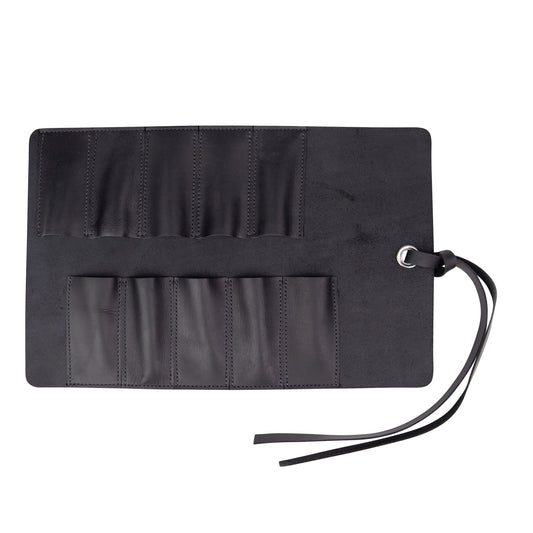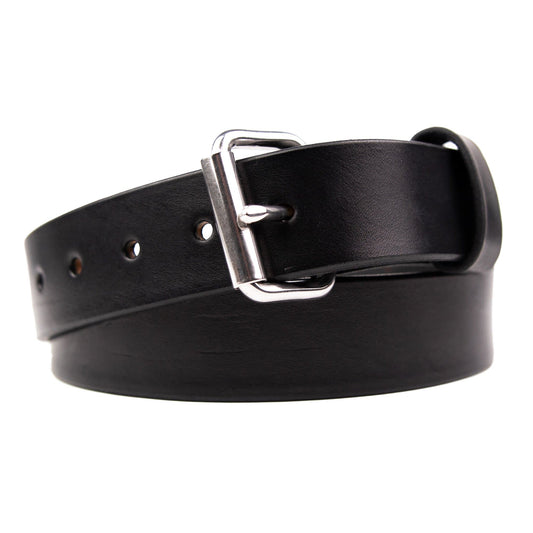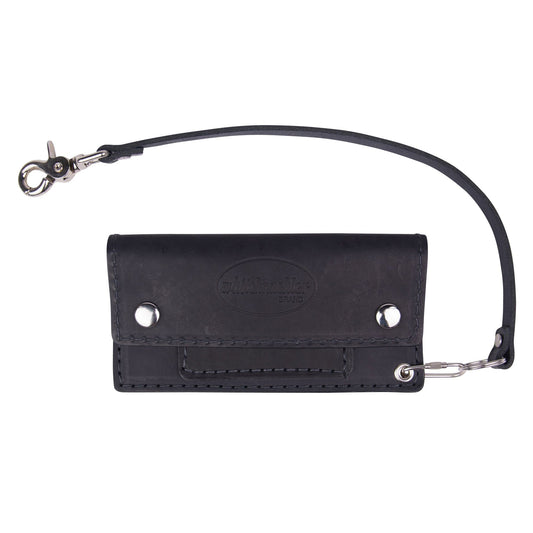Since the earliest part of the 20th century, when motorcycles became widely available to the American buying public, riders seemed to come hardwired with a need to race. Over time, riders pushed their bikes — and themselves — to death-defying limits, which was the driving force behind the creation of early, rudimentary race tracks called motordromes.
While motordromes, also known as “board tracks,” are an integral part of motorcycle racing’s rich history, its legacy is one marred by tragedy. The dangers these motordromes presented to both racers and fans proved too much to bear, ultimately leading to their demise not long after their creation.

Regardless of the path of destruction that motordromes left in motorsport history, it is a topic that many present-day motorcycle enthusiasts are curious to learn more about in order to have a clearer picture of this sport’s exciting — and at times terrifying — origins.
The need for speed
Initially, motorcycle riders looking to race would meet at unofficial sights to do so. From abandoned horse tracks to rudimentary dirt tracks, these die-hard speed demons didn’t seem to care where they raced, as long as they raced.
Eventually, these “outlaw” racers amassed enough of a following that the sport needed to become more “official” and regulated. The motordrome was born.

Designed for disaster?
Though motordromes were intended to give racers a more regulated place to show their prowess, they were in fact extremely dangerous by design.
By 1908, these tracks were popping up across the United States. They were typically oval-shaped and anywhere from one to two miles around. Because wood was inexpensive and plentiful to source, the moniker “board track” was derived from the fact that the tracks were covered in two-by-four wooden planks that were simply laid on their edge or in two-by-two planks that were “secured” to a wooden frame.
These wooden planks were roughly cut in order to provide better traction and grip for the bikes’ tires.
These came complete with ridiculously steep curves. The shape of the track allowed for the bikes, even in their earliest stages, to reach speeds in excess of 120 mph without the use of what would be considered “modern technology”.

The tracks themselves were not very durable. Due to the punishment sustained from the speeding bikes, being open to the elements, and the lack of ability to preserve the wood, the tracks needed to be repaired constantly and completely replaced around every five years.
Riding with danger
Though many motordrome tracks at this time were designed by Jack Prince, a man who was known for being both a racing track manager and an engineer, these speedways were less than safe. They were plagued by danger for both racers and spectators.
Motordromes were not safe by design. The tracks’ crazy-steep curves coupled with the insane racing speeds of the bikes were a recipe for disaster. Riders would often be flung, bike and all, into the crowd when they took a curve too fast.

This was a time when there was no breaking device on motorcycles, which made it difficult for racers to manage their speed and how they maneuvered turns. It was fairly common for riders to crash into or run over one another if one of them lost control of their bike.
It was also not uncommon for oil to leak onto the wood, making slick spots that frequently caused accidents.
Additionally, the boards themselves that the tracks were made from posed a tremendous hazard to racers. Often, when racers crashed, splinters from the track would cause injury with it being fairly common for racers to be assailed by wood shards that would fly up from the track. Similarly, dislodged wood from the track was known to flatten tires as the bikes rounded the track, resulting in horrific collisions.

All of these dangerous conditions, combined with the fact that racers did not have much in the way of protective gear by today’s standards, made for a day at the races that promised to be fraught with peril.
Like a train wreck: couldn’t stop watching if they tried
Even though the tracks were both dangerous and deadly to the participants, spectators could not get enough of the non-stop action motordromes provided. Never knowing when the next mishap would occur, the crowd was not only captivated by the thrill of the chase as the racers pursued the finish line and each other, they were completely absorbed in the race, knowing the next tragic accident could occur at any moment.
However, there were times when spectators got more than they bargained for.

From motordromes to murderdromes
While fans were more than aware that every event they attended would probably end with at least a fair amount of racers’ blood being left on the track, what they might not have been prepared for was their own blood being left in the stands.
This was because racers would often crash while taking curves, with the bike and its rider would be launched towards the crowd.
In the worst incident of this nature, in September of 1912, one of the sport’s greatest racers, Eddie Hasha, was killed when he and his bike were sent careening into the stands. Once the dust from the accident cleared, Hasha, another rider, and four fans lost their lives, and another ten fans were injured.

To many, this incident marked the beginning of the end for motordromes. New regulations were put in place, and, the “powers that be” began to pull their support from the sport, causing the sport to die a slow death, eventually fading away altogether.
Danger at every turn
Though the history of motordromes is one filled with excitement, danger, blood, and tears, it is an integral part of motorcycle racing’s rich past.
The races that took place inside motordromes were wild, intense, and always treacherous. Racers and fans alike paid the price to get a taste of the adventure that the track offered.
While reflecting on the impact that motordromes had on motorcycle racing as a whole, it is clear that though the past was riddled with tragedy, the sport was able to grow and flourish regardless.





